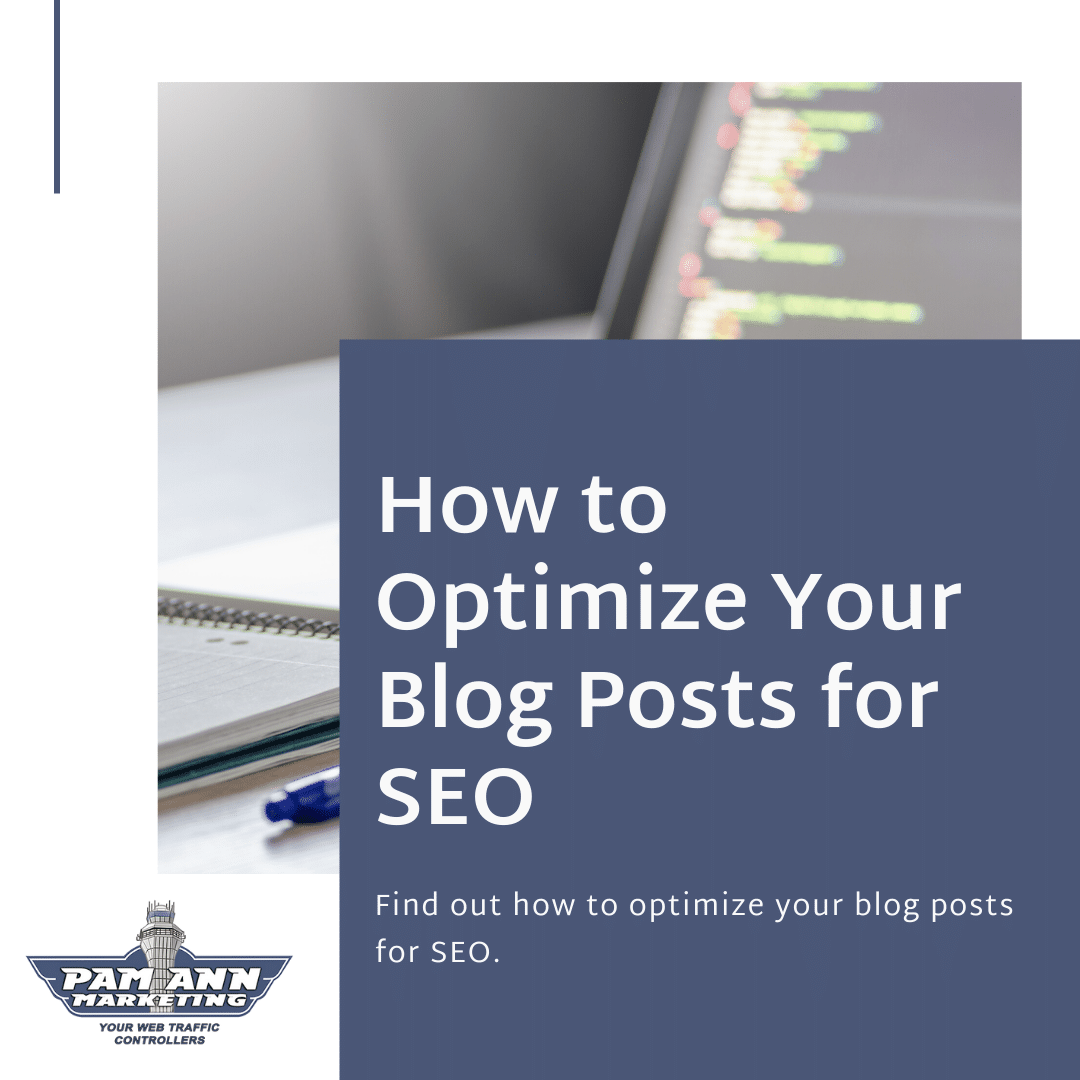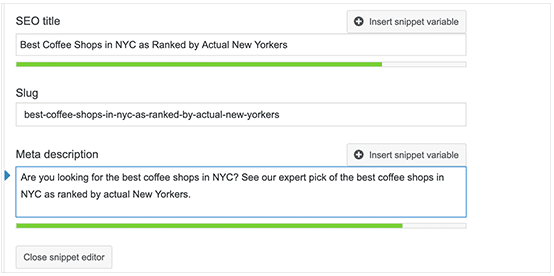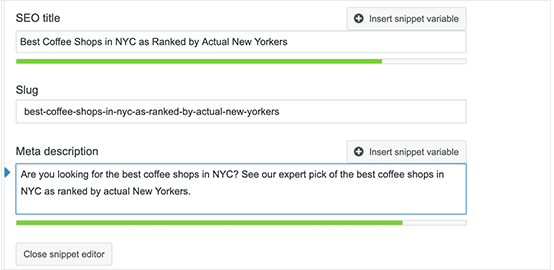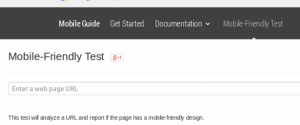 Posting new blog posts to your website is a great way to improve your SEO rank. Search engines reward websites that are continuously adding new, relevant content with a higher SEO ranking. To ensure your website earns the highest ranking possible, you need to optimize your blog posts for SEO as well as for your target audience. Below are some SEO blog writing tips to keep in mind when you’re crafting your blog strategy and content. Read on to learn more.
Posting new blog posts to your website is a great way to improve your SEO rank. Search engines reward websites that are continuously adding new, relevant content with a higher SEO ranking. To ensure your website earns the highest ranking possible, you need to optimize your blog posts for SEO as well as for your target audience. Below are some SEO blog writing tips to keep in mind when you’re crafting your blog strategy and content. Read on to learn more.
Optimize Your Blog Posts for SEO By Incorporating Your Keyword Research
Before you even start writing your blog post, you should always perform keyword research to understand which keywords you want to target. Yoast.com suggests that “if you want to dominate the search results, you’ll have to figure out which words your audience actually searches with.” It’s important to understand that optimizing your blog post for SEO does not mean incorporating as many keywords as possible into your posts. That is referred to as keyword stuffing — or including as many keywords as possible with the sole purpose of ranking higher in organic searches — and actually hurts your SEO rank.
Focus on 1-2 Long-Tail High-Intent Keywords and Incorporate Them Throughout to Optimize Your Blog Post for SEO
Rather than focusing on a large number of short keywords, focus on one or two long-tail keywords for each blog post. You might be wondering why you should be focusing on long-tail keywords. As HubSpot explains, “these longer, often question-based keywords keep your post focused on the specific goals of your audience. […] Website visitors searching long-tail keywords are more likely to read the whole post and then seek more information from you.
In other words, long-tail keywords will help you generate the right type of traffic — visitors who convert.” For example, the long-tail keyword “how to optimize a blog post for SEO” is more impactful in terms of SEO than the shorter keyword “blog post”.
Here are some SEO-friendly content writing tips for optimizing each part of your blog posts:
1. Title Tag
The title — or the headline or title tag, as Google refers to it — of your blog post is the reader’s and search engine’s first interaction with your blog content, so including a keyword here is incredibly important. To optimize your blog posts for SEO, be sure to include your keyword within the first 60 characters of your title to be sure it’s visible before Google cuts off the title on the SERPs (search engine result pages).
2. Headers and Body Content
While SEO’s main purpose is to appeal to search engines, it’s very important that your content appeals to readers first and foremost. So, incorporating your keywords throughout your content to appeal to both search engines and readers is a tricky balance to find. HubSpot has some suggestions for optimizing your blog post for SEO without keyword stuffing: “whenever you create content, your primary focus should be on what matters to your audience, not how many times you can include a keyword or keyword phrase in that content. Focus on being helpful and answering whatever question your customer might’ve asked to arrive on your post. Do that, and you’ll usually find you naturally optimize for important keywords, anyway.”
3. URL
The URL is one of the aspects of your blog post search engines crawl first to understand what your content is about. One of the easiest ways to optimize your blog posts for SEO is to create unique URLs for each post that incorporates one or two of your keywords. For example, the URL for this blog post, pamannmarketing.com/optimize-blog-post-for-seo contains the primary keyword “optimize-blog-post-for-seo”.
4. Meta Description
The meta description, which HubSpot defines as “the additional text that appears in SERPs that lets readers know what the link is about. The meta description gives searchers information that they need to determine whether or not your content is what they’re looking for and ultimately helps them decide if they’ll click or not.” While it’s important that all of the content on your website has a meta description, including relevant keywords into the meta descriptions is another great way to write SEO friendly content.

5. Image and Video Titles and Alt Text
It’s a well-known fact that our attention spans are constantly shrinking. With that in mind, it’s important to incorporate different types of content into your blog posts. Not only does this break up large blocks of written content to make your article SEO-friendly, but it also gives you the opportunity to see how your target audience responds to different types of content, including images and video.
The only problem with this is that search engines don’t search for images when they’re crawling your content. They look for images with image alt text because they can’t “see” the image. Image alt text tells search engines that there is an image in your blog content and what is featured in the image. Including image alt text is a great way to optimize your blog posts for SEO because it also creates a better user experience (UX) by ensuring those with poor vision who are using screen readers can also experience the images on your website.
Below is an example of a complete image tag:
<img class=”wt-blog_normal-image” src=”image.jpg” alt=”image-description” title=”image tooltip”>
The image alt text should be as descriptive and applicable to your content as possible so search engines can properly index the images in your blog content. Here are some things to keep in mind when you’re creating your image alt text to further optimize your blog posts for SEO:
- Describe what’s happening in the image
- Be specific in your description
- Try to keep your description to under 125 characters
- Incorporate your primary keyword as well as a secondary keyword, if possible
Another SEO friendly content writing tip: include your primary keyword in your image file name as well as in the image alt text.
Always Include an Internal Link Whenever Possible
Most tips for optimizing your blog post for SEO always reference including relevant inbound links to boost the credibility of your content. You should also include internal links to related content on your website whenever possible. As HubSpot points out, “inbound links to your content help show search engines the validity or relevancy of your content. The same goes for linking internally to other pages on your website.”
Continually Create Evergreen Content
Creating evergreen content is a great way to optimize your blog posts for SEO. Evergreen content, as HubSpot states, is content “about topics that are sure to remain relevant and valuable over a long period of time (with only minor changes or updates).” Posting evergreen content to your blog is important because:
- It will help you rank higher over time by driving a steady stream of traffic to your website long after you published the blog post.
- This stream of steady traffic drawn in by your evergreen content can also help generate more leads.
While the topics for your evergreen content should be ones that will always remain relevant to your target audience, that doesn’t mean that you shouldn’t look for opportunities to update this content when necessary.
Update and Repurpose Your Older Content
As I mentioned in the previous section, it’s important to continuously add new content to your website, but that doesn’t have to mean creating brand new content. Updating or repurposing the blog content that’s already on your website does count as adding new content to your site. Updating your content is a great way to optimize your blog posts for SEO. Writing new SEO-friendly content takes more time than updating existing content, but it also takes longer for new content to rank on SERPs and gain relevant traction with your target audience. According to HubSpot, “not only will your updated content rank on the SERP faster, improving your number of visitors and leads […] Additionally, updating and repurposing some of your most successful content extends the lifespan so you can achieve the best results over a longer period of time (especially if it’s evergreen content).”
Updating and repurposing your website content also includes taking down outdated content, such as old product details, statistics, and information that’s no longer relevant to your business or industry.
*Image Credit: WP Beginner
Digital & Social Articles on Business 2 Community
(93)
Report Post






